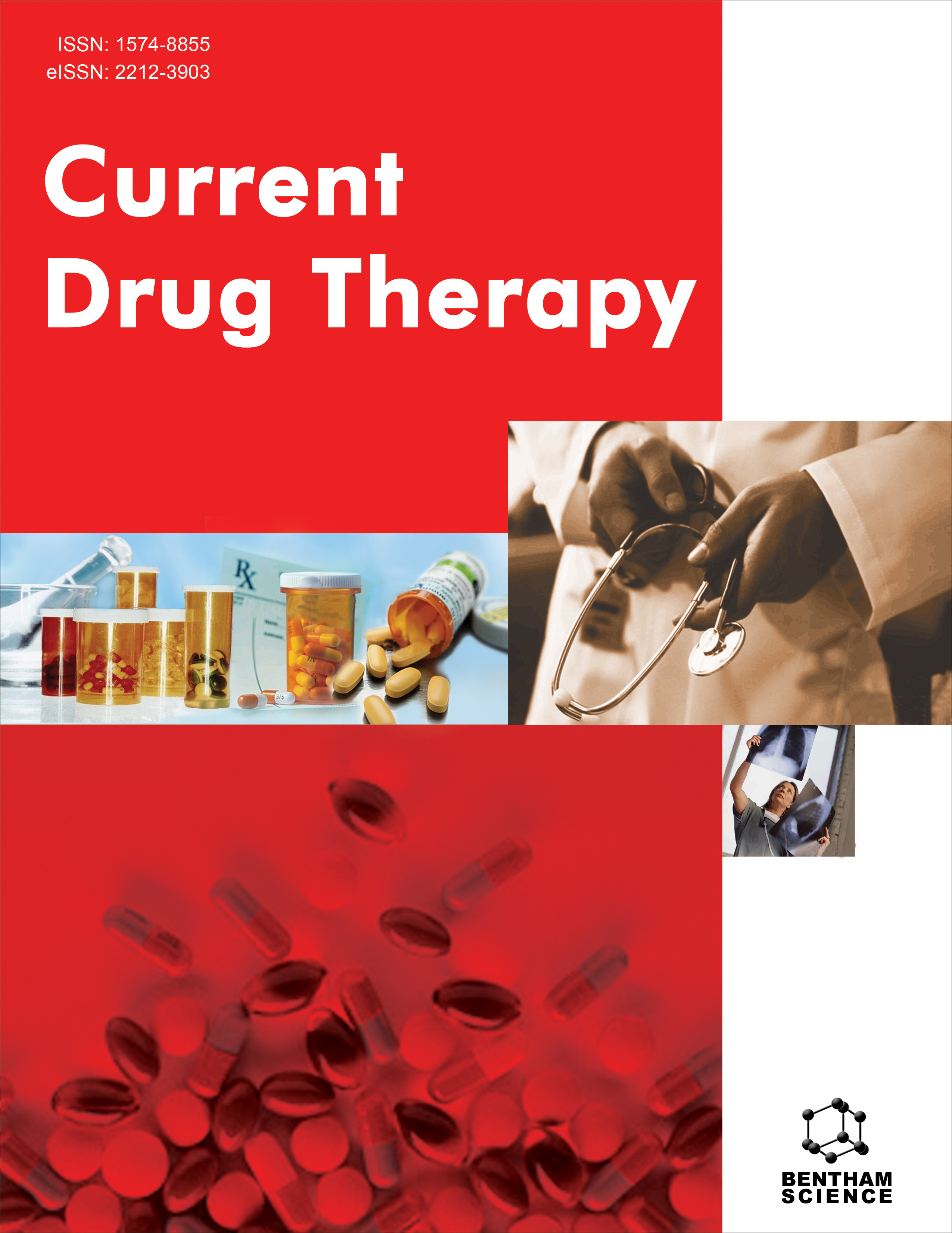
Full text loading...
We use cookies to track usage and preferences.I Understand

Many bacterial species have been considered as possible pharmacological biofactories for pharmaceuticals. Multiple hosts might now be used for bioproducts due to the development of biology combined with bioengineering technologies for genome modification.
This review highlighted the drug delivery via various bioengineering tools for the targeted drug delivery using biochips, bacterial species, and many more. Bioengineering technologies are equally important for growing or enhancing metabolites that are linked to their increased strength and improvement of their bioactivities. There are various techniques such as biochips using microrobots, oral drug delivery through diatomic nanoparticles as a microcapsule, treatment via bacterial gene and bacterial organelle i.e., encapsulin, microfluidic chips for precision medicine, and other smart tactics that the pharmaceutical business is now employing.
In conclusion, the approval from the drug development authority on the most recent investigation and expansion of synthetic biology, animal, plant, and bacterial-based manufacturing techniques, as well as molecular bioengineered approaches, has led to the widespread acceptance of bioengineered tools for the creation of pharmaceuticals.

Article metrics loading...

Full text loading...
References


Data & Media loading...